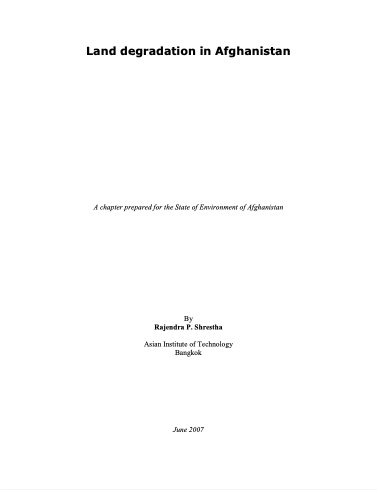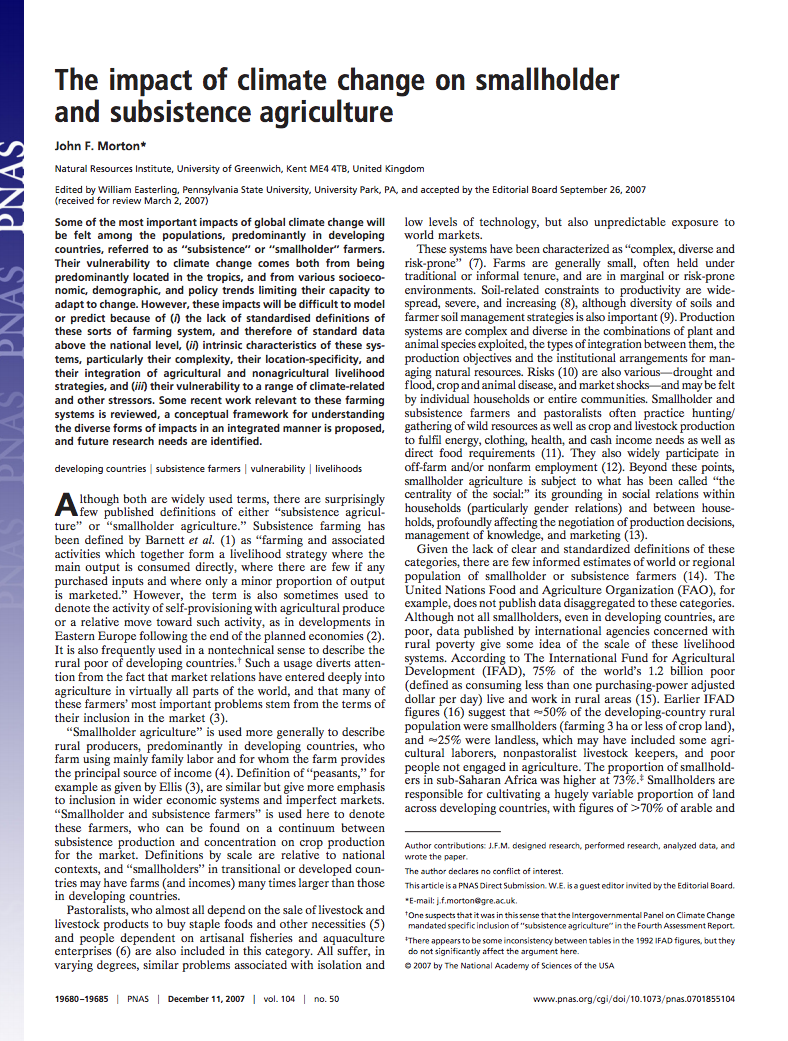Japan Agriculture Policy Review
Japan, with a population of about 125 million, is a major importer of agricultural products. Japan's mountainous topography limits the area available for farming, with a total cultivated land area of around 4.8 million hectares. Farm holdings are small, averaging just over 1.5 hectares.Japan has producer support levels among the highest in OECD, driven in part by food security concerns and memories of food shortages during World War II and its aftermath.









